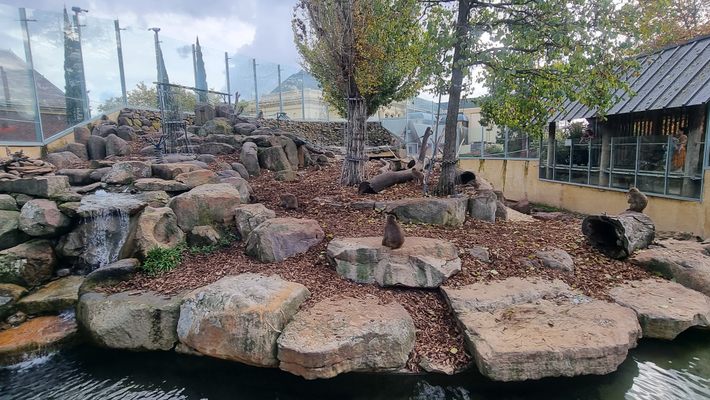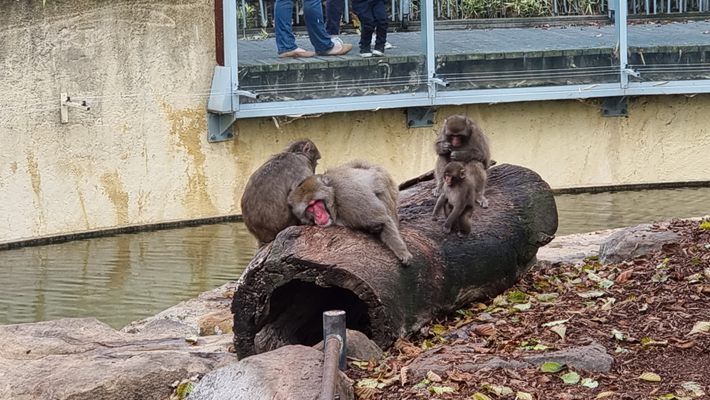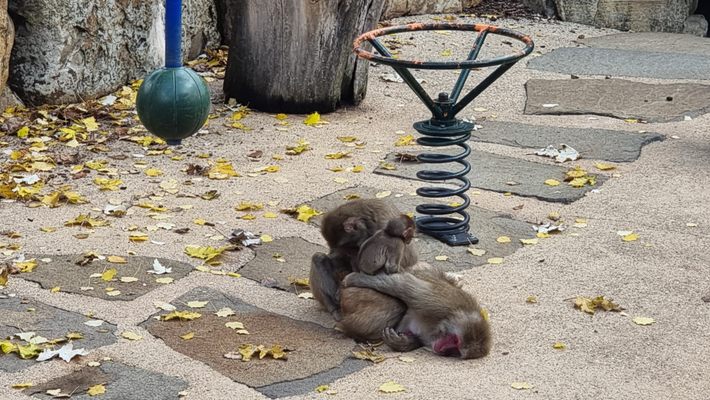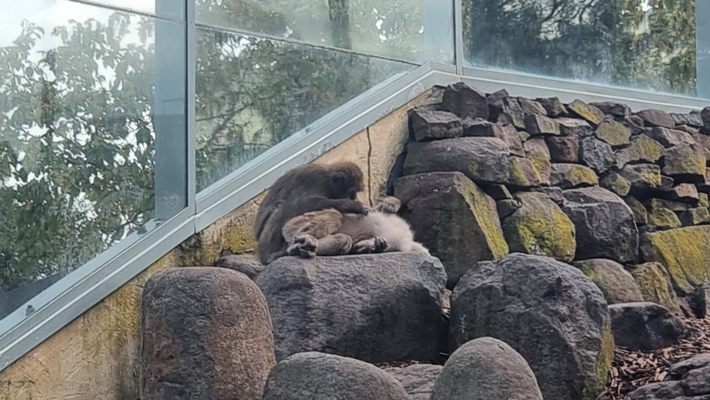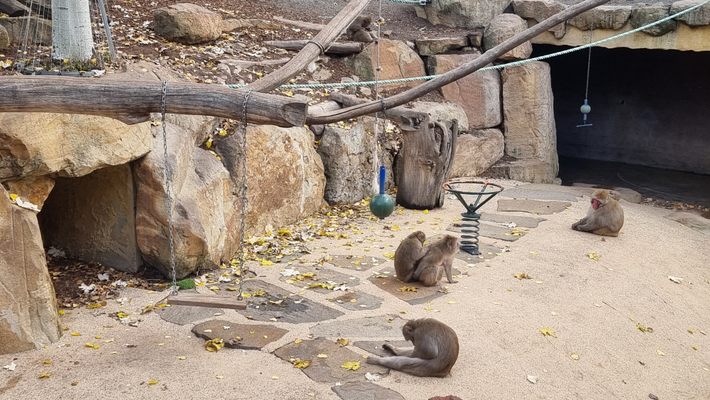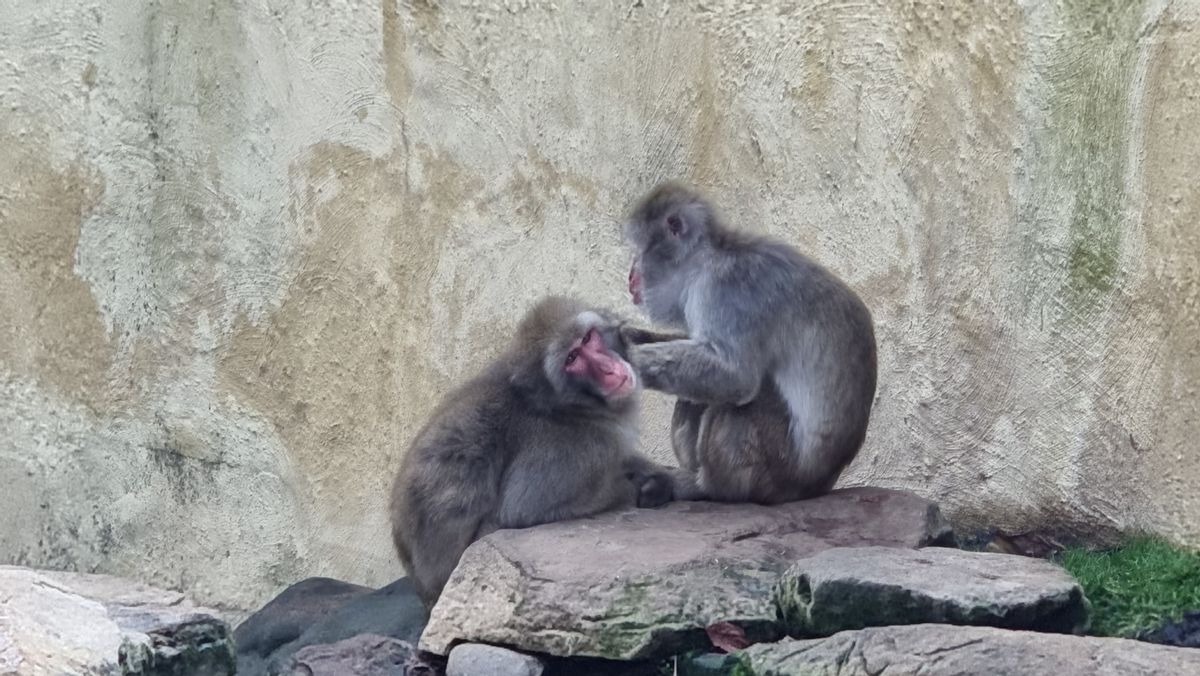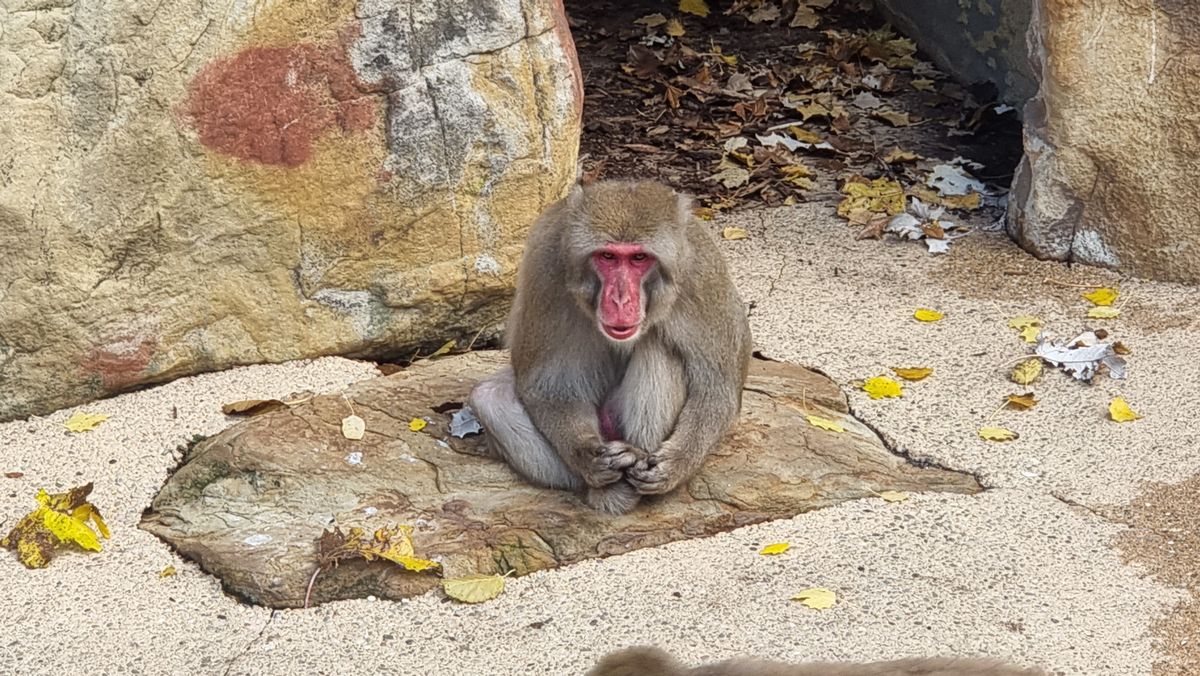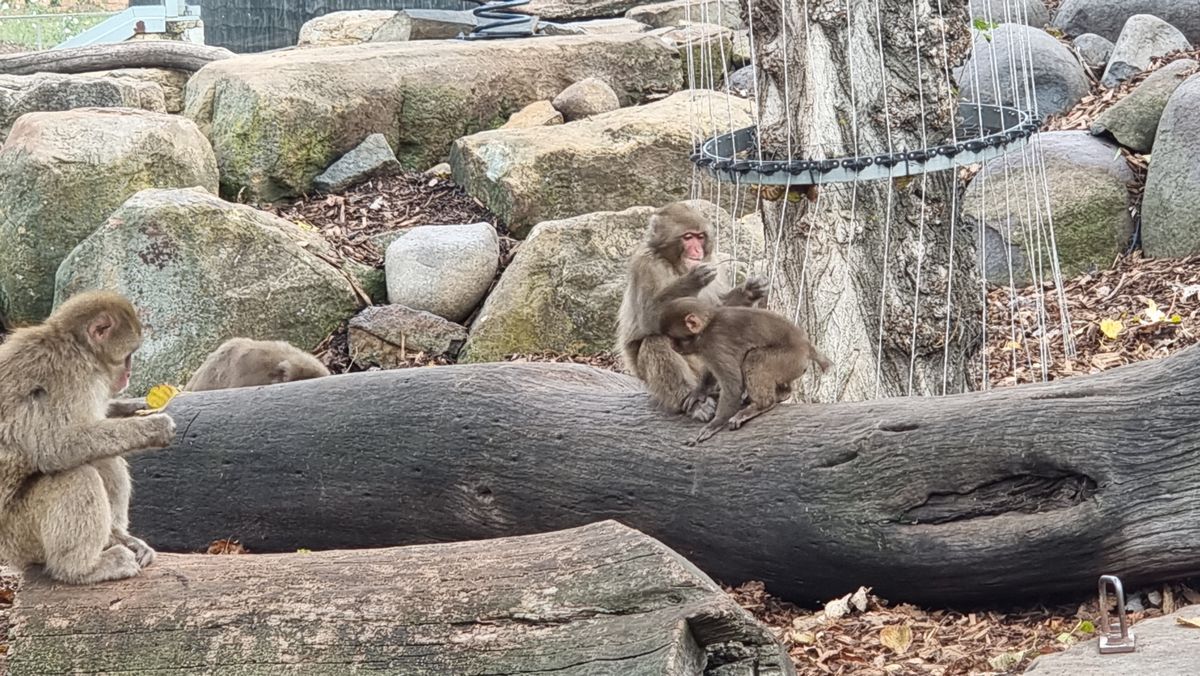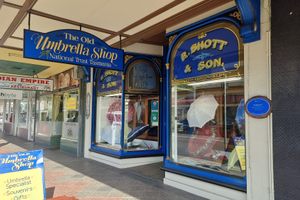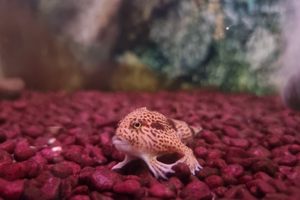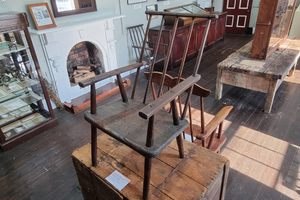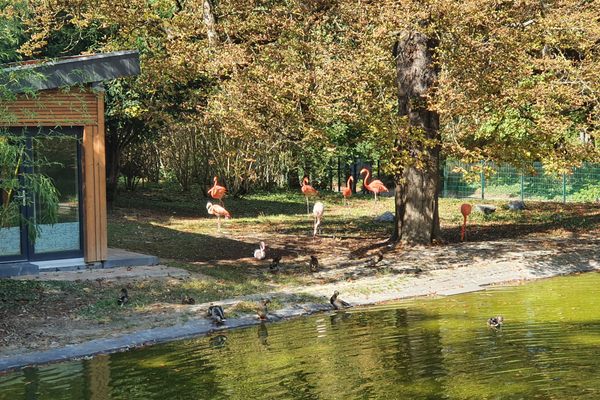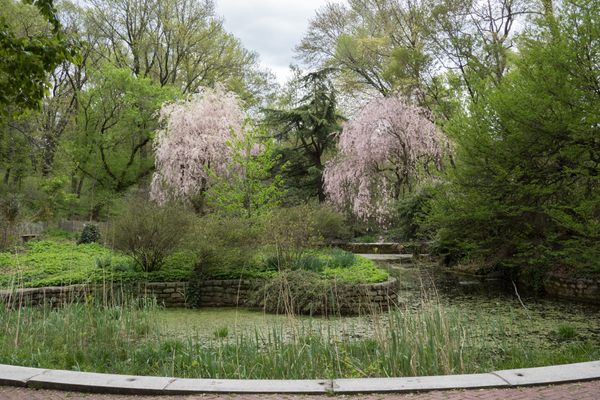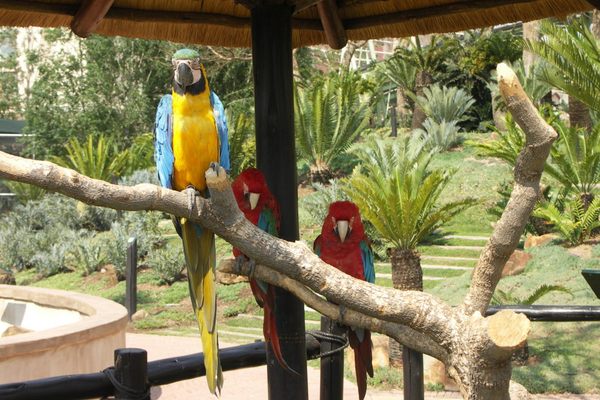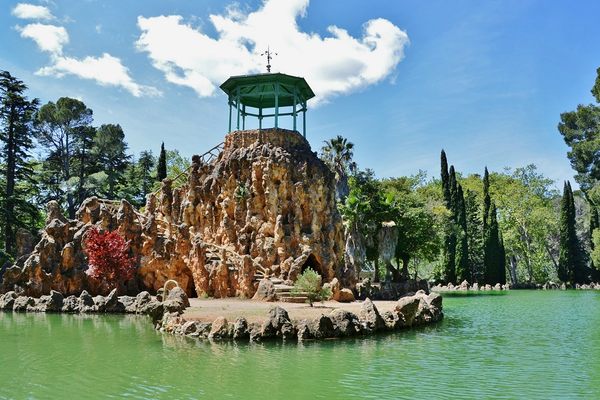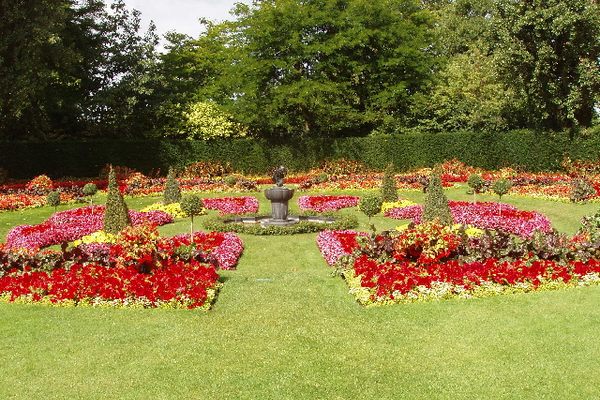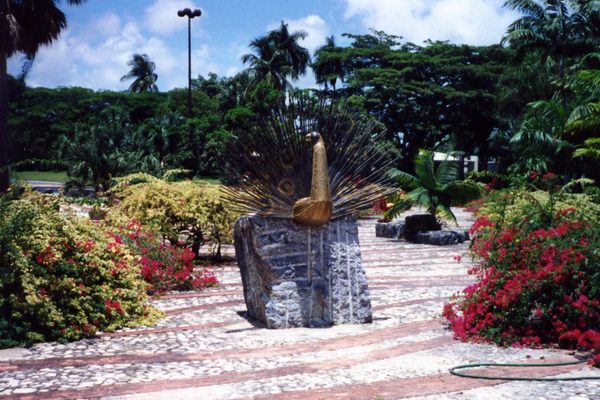About
In a land of giant birds, carnivorous marsupials, and walking fish, the strangest animal you will encounter in Tasmania might be a Japanese macaque. An enclosure in the middle of Launceston's City Park is home to a number of the small, social primates.
City Park dates back to the 1820s, when it was established by the Launceston Horticultural Society. Ownership was transferred to the Launceston City Council in 1863. The park was expanded to include several buildings, a conservatory, and botanical gardens.
The City Park macaques carry on the long tradition of exotic creatures being showcased in Launceston. Throughout the late 19th and early 20th centuries, deer, brown bears, wallabies, even the mysterious thylacine called City Park home, but it was a troupe of Rhesus monkeys that proved to be its most popular residents. After the last of the park's beloved Rhesus monkeys passed away in 1979, Launceston's sister city, Ikeda, Japan, gifted the city with 10 macaques. In turn, Launceston gifted Ikeda with 10 wallabies.
Known for their ability to adapt and acclimatize to new environments, the macaques were well-suited to Tasmania's cold, wet climate and quickly became the city's favorite attraction. The monkey enclosure was designed to reflect the natural habitats of Japanese macaques, with branches to swing from and a pool to swim in. Today, City Park is home to 20 macaques and counting.
Related Tags
Know Before You Go
The macaque enclosure is free to visit and is open from 8 a.m. to 4 p.m. (April - September) and 8 a.m. to 4:30 p.m. (October - March). It is located at the Cameron Street side of City Park, around the corner from the City Park Radio building.
Community Contributors
Added By
Published
July 29, 2021
Sources
- http://www.ourtasmania.com.au/launceston/launceston-parks.html
- http://lookaroundlaunceston.blogspot.com/2016/07/city-park-monkeys.html?m=1
- https://www.examiner.com.au/story/5272771/japanese-macaques-monkey-around-in-launcestons-city-park/
- https://www.weekendnotes.com/monkeys-launcestons-city-park/
- https://en.wikipedia.org/wiki/City_Park,_Launceston

